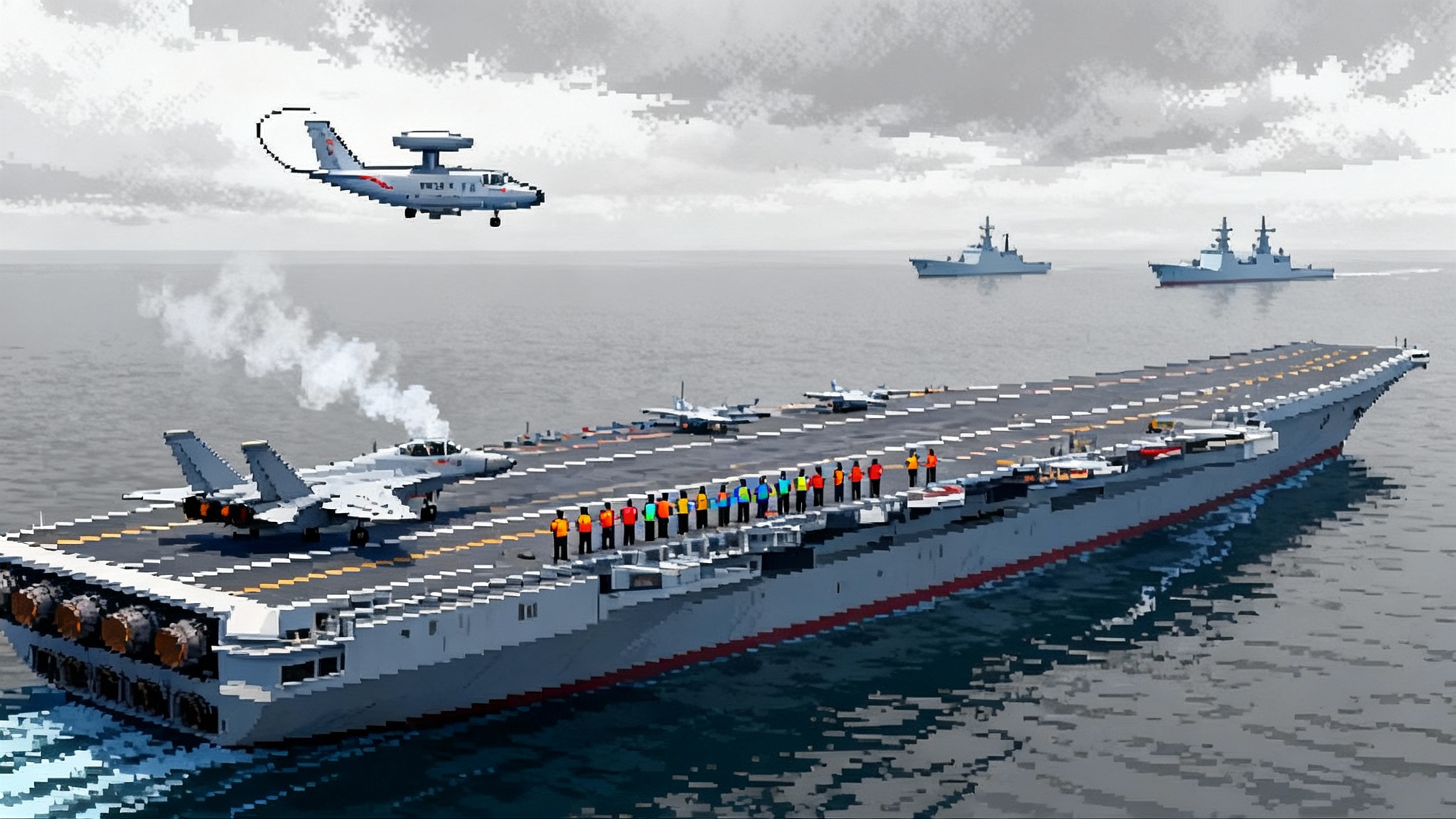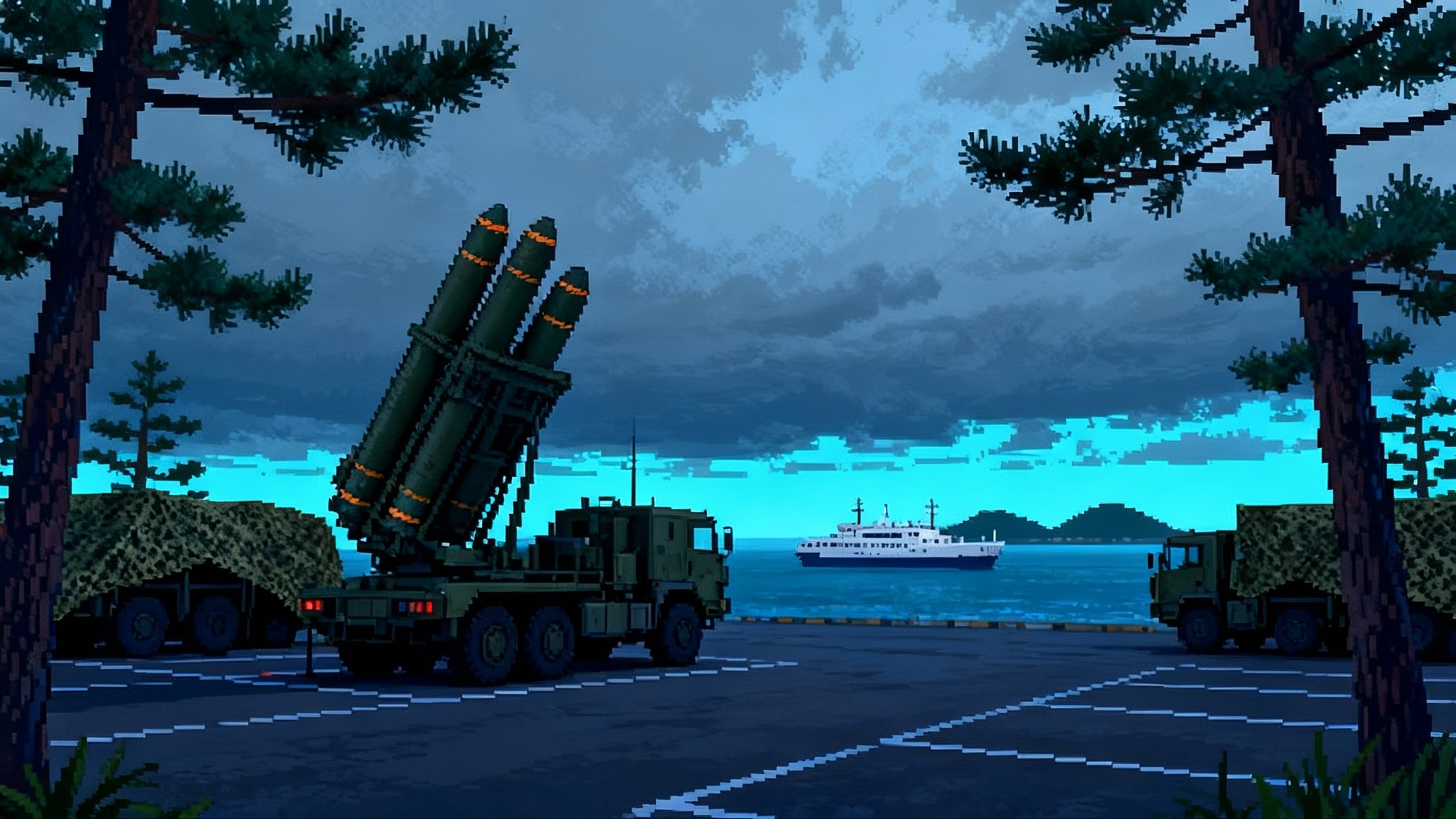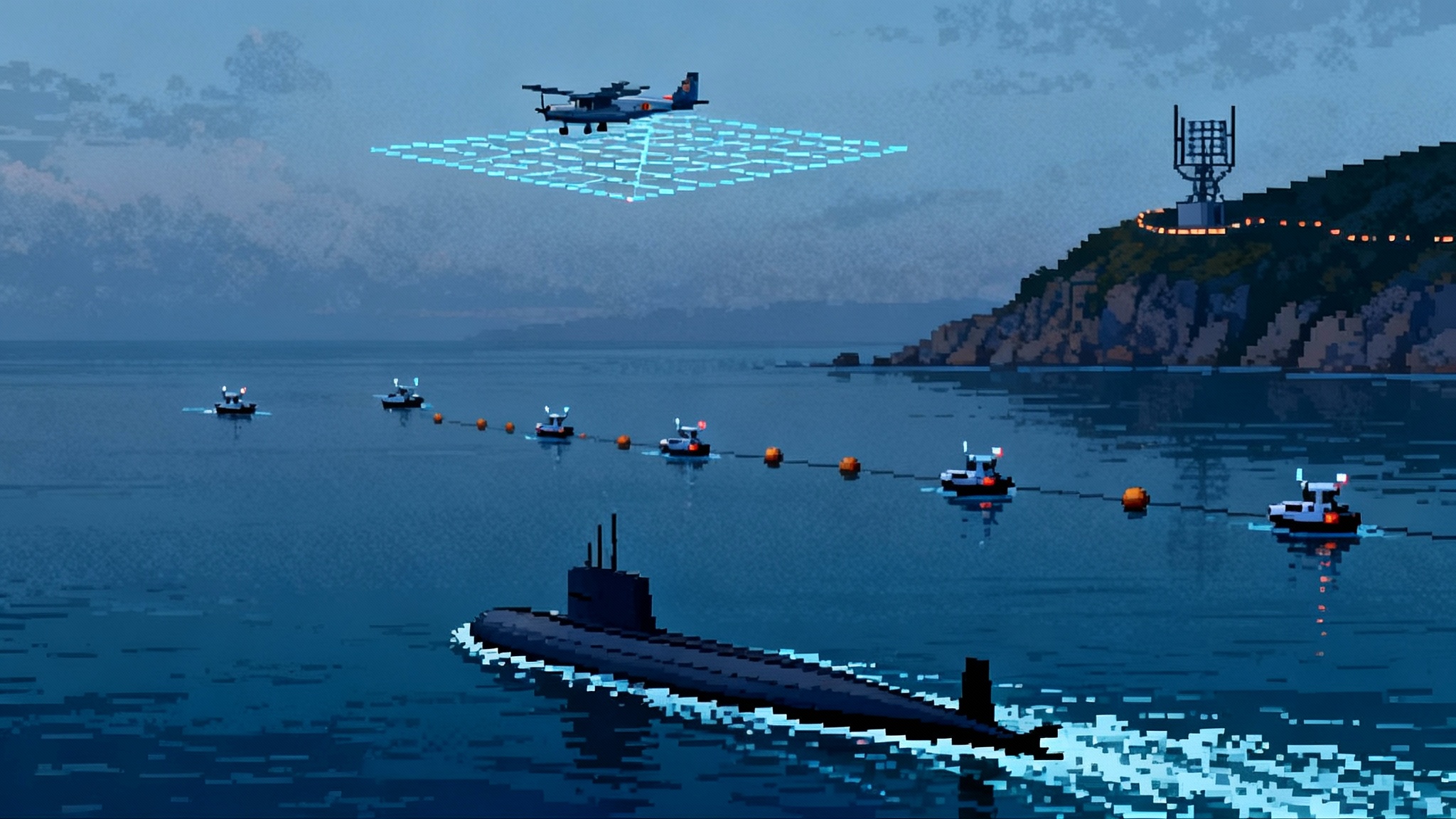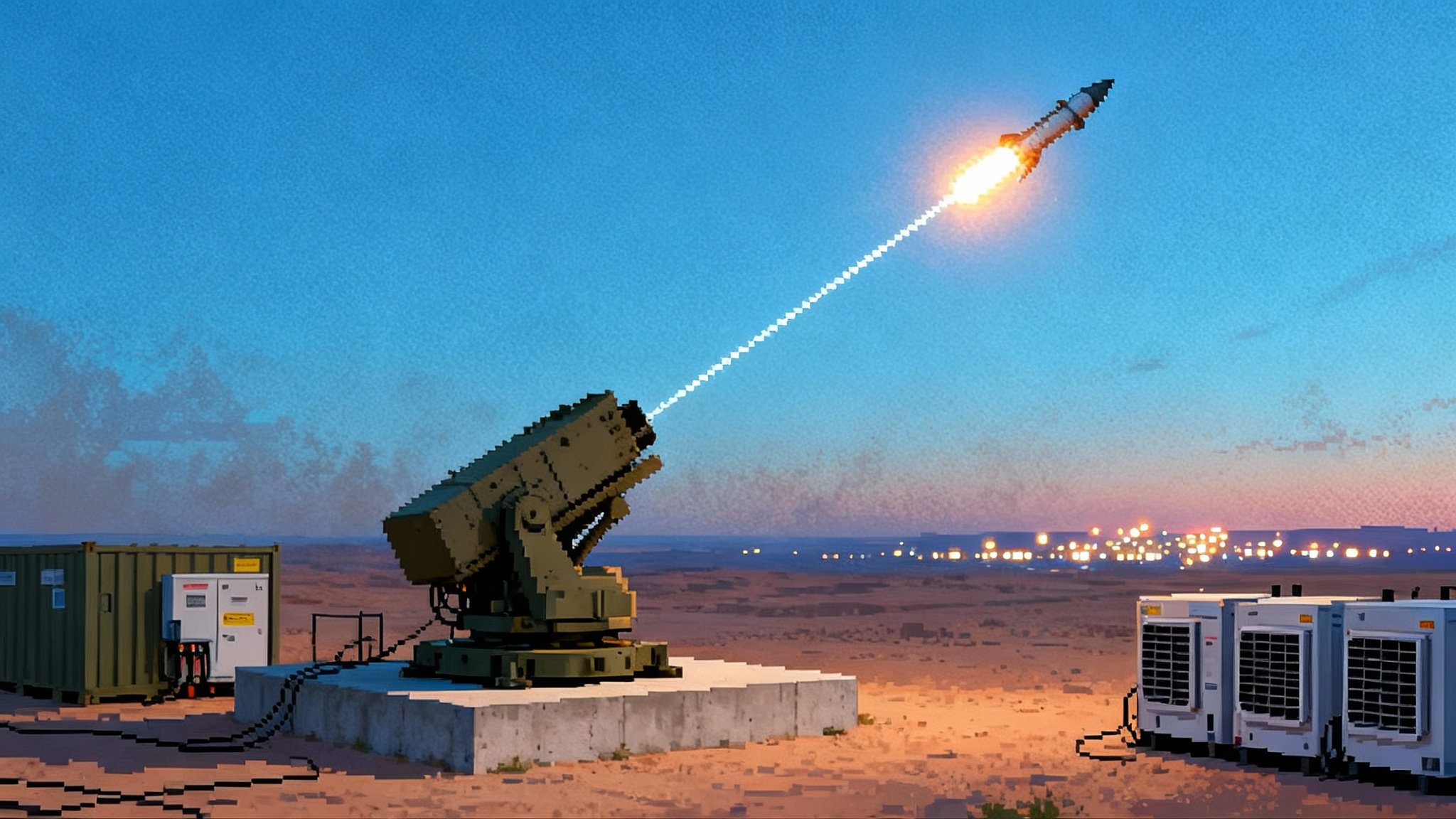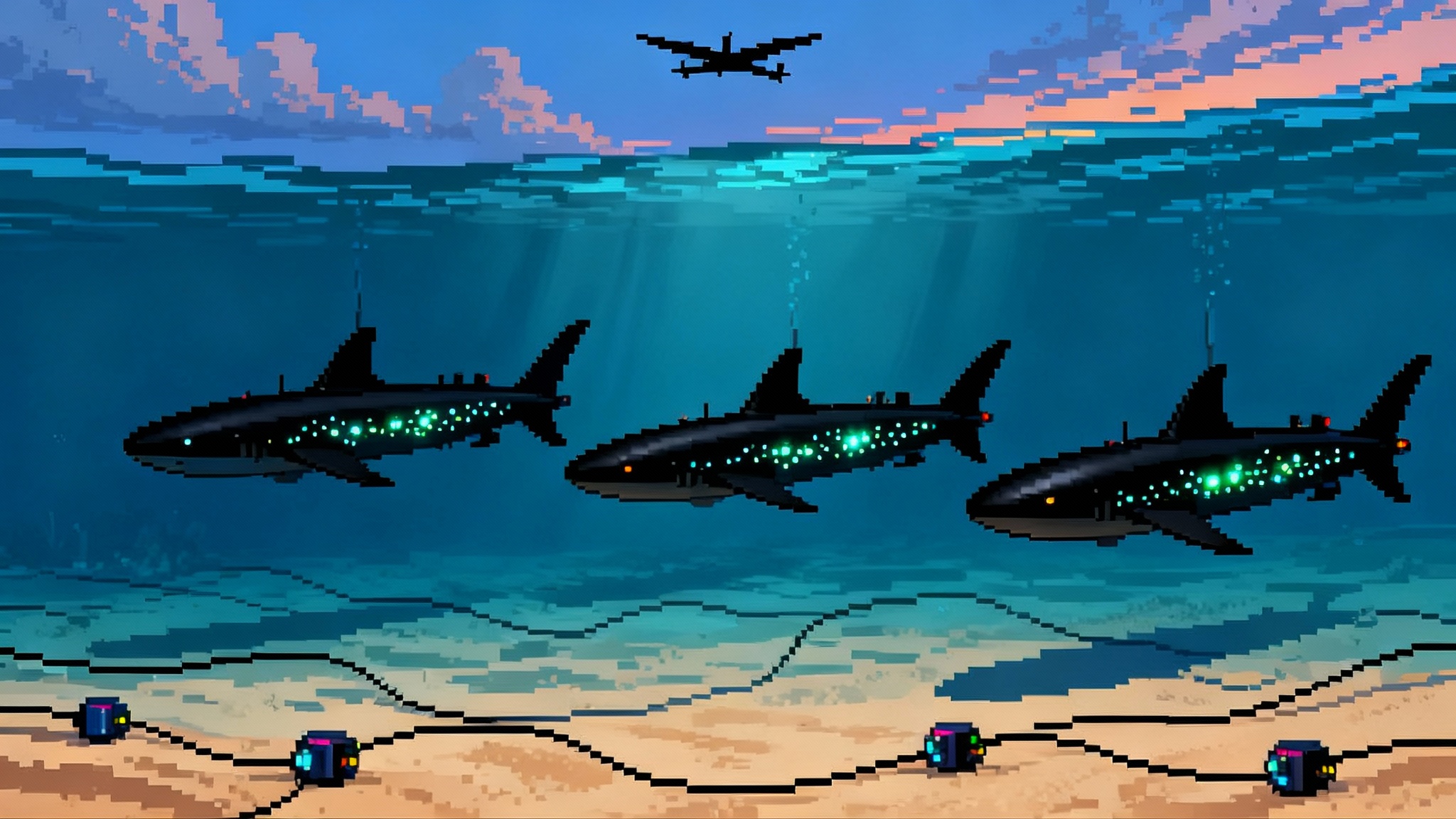China’s YJ‑19/17/20: Beijing’s New Hypersonic A2/AD Edge
At China’s September 3, 2025 Victory Day parade, three YingJi missiles signaled a layered hypersonic anti-ship play. We decode propulsion clues, likely launch platforms, the A2/AD implications, and the counters that U.S. and allied navies can field now.
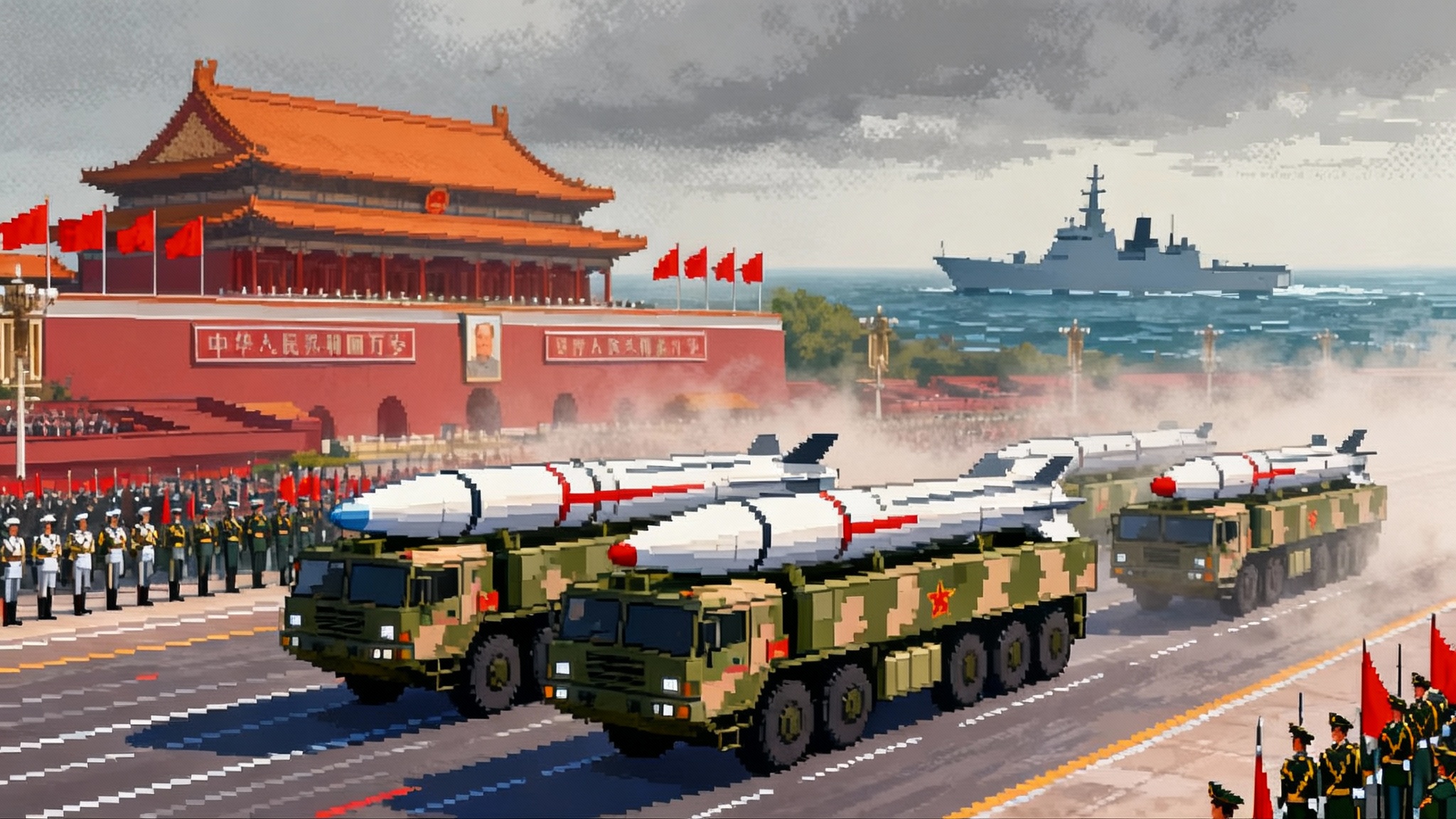
A parade reveal that signaled a shift
China’s September 3, 2025 Victory Day parade was designed to impress, but one formation stood out for naval strategists. State media declared that China’s newest hypersonic anti-ship missiles, the YingJi-19, YingJi-17, and YingJi-20, rolled past Tiananmen. The public framing was sparse on specifications, yet the visuals and design cues were rich enough to sketch a family of complementary roles across hypersonic strike. In short, the People’s Liberation Army Navy and the PLA Rocket Force are converging on a layered maritime kill web that stretches faster, farther, and with more maneuver than previous generations. The political message was clear, and so was the operational one: China wants an A2/AD edge that complicates every U.S. and allied move inside the first and second island chains. For the record, hypersonic anti-ship missiles debuted on September 3, as Xinhua and People’s Daily summarized.
What the shapes say about propulsion and roles
Because Beijing rarely publishes detailed missile data at debut, analysts turn to external geometry, intakes, staging, and mounting hardware to infer purpose. The YJ-19, YJ-17, and YJ-20 present three distinct architectures that align with three different ways to deliver hypersonic maritime effects.
YJ-19: scramjet cruise profile
- The key tell is the prominent ventral air inlet sized for sustained high-Mach air-breathing. A relatively slender fuselage, a heat-tolerant nose, and the absence of large control surfaces suggest a scramjet-powered hypersonic cruise missile.
- Unlike pure ballistic or quasi-ballistic shots, a scramjet cruiser can sustain high speed in atmosphere and make large cross-range maneuvers late in flight. That implies flexibility in routing around defended sectors and geometry suitable for sea-skimming terminal profiles or high-diver approaches.
- Parade models also hinted at a booster stage for initial acceleration to scramjet ignition speed, after which the air-breathing stage would carry the weapon to target.
YJ-17: ballistic boost with HGV warhead
- The YJ-17 shows a booster with a hypersonic glide vehicle set atop or integrated into the upper stage. Its planform resembles a lift-to-drag optimized glider with chines and a blunted nose for thermal loading.
- That points to a boost-glide flight path: a solid booster lofts the payload, then the HGV executes a depressed, maneuverable glide in the upper atmosphere before diving on a moving ship aimpoint.
- Compared with scramjet cruise, an HGV rides thinner air longer and trades persistence for speed, altitude, and wide off-axis reach.
YJ-20: aeroballistic or quasi-ballistic anti-ship
- The YJ-20’s biconic body and simpler external geometry suggest an aeroballistic missile with a maneuverable reentry vehicle rather than a sustained air-breather.
- Think of a high-speed, high-arc shot with limited but meaningful terminal maneuver authority. Its role would be to drive very fast time-of-flight against naval targets at long ranges, using inertial guidance plus datalink or seeker updates to correct aimpoint drift.
Taken together, the three appear designed to complicate defense with diversity. One weapon sustains hypersonic speed in the atmosphere and can fly around layers. One drops in from the near-space glide regime after a ballistic boost. One dives fast on a lower-complexity aeroballistic profile. That diversity taxes different radar bands, different intercept kinematics, and different command workflows for defenders.
Likely launch platforms: surface, bomber, and possibly subs
China’s modern anti-ship concept relies on overlapping launch baskets from ships, aircraft, and land units. The YJ-19, YJ-17, and YJ-20 family fits neatly into that playbook.
-
Surface combatants
- UVLS candidates: imagery and scale suggest that at least YJ-17 and YJ-20 variants could fit China’s universal vertical launch systems on large surface combatants. The Type 055’s deep cells are particularly attractive for large-diameter boost-glide or aeroballistic rounds. Watch for new canister types on Type 055 pierside photography or a ship-launched test video with a distinctive exhaust and plume.
-
Bombers
- The H-6 family remains the PLA Air Force’s most flexible long-range stand-off platform. Captive-carry sightings or carriage adapters sized for an aeroballistic YJ-20 would signal an air-launched anti-ship mode. Air-launch extends reach by starting with altitude and speed and can stress layered defenses by combining air-launched shots with sea-launched salvos.
-
Submarines
- Two paths are plausible. First, a VLS-equipped nuclear attack submarine could host YJ-17 or YJ-20 sized rounds using a cold-launch canister. Second, a slender scramjet cruiser like the YJ-19 could be engineered for torpedo-tube launch with a booster kick stage, though that is a more complex integration.
-
Land-based coastal batteries
- PLA Rocket Force and coastal defense brigades already field truck-mounted anti-ship missiles. Parade transporters show that road-mobile TELs are part of the concept, giving China a shore-based layer that can reach deep into surrounding seas depending on sensor coverage and rules of engagement.
How the family expands China’s maritime A2/AD envelope
China’s anti-access concept has long rested on overlapping rings of risk created by anti-ship ballistic missiles, long-range aviation, submarines, and dense surface combatants. The YJ-19, YJ-17, and YJ-20 set strengthens all four.
-
Faster timelines and more angles
- Scramjet cruising adds lateral flexibility and challenging terminal profiles. HGV and aeroballistic paths add top-attack options with high closing speeds. Even if individual ranges remain undisclosed, the family structure alone increases the number of trajectories defenders must solve in real time.
-
Denser salvos from mixed platforms
- UVLS-equipped destroyers, H-6 bombers, and road-mobile batteries can coordinate to saturate a carrier group’s defenses. Mixed kinematics complicate shot doctrine as Aegis ships decide which tracks to engage first and with what.
-
A more resilient kill chain
- China has invested in over-the-horizon targeting from satellites, UAVs, maritime patrol aircraft, and surface pickets. Space-based layers like SDA Tranche 1 takes orbit show how sensing and comms meshes can tighten cue-to-shot timelines across a theater.
-
Strategic signaling
- A visible inventory of varied hypersonic anti-ship options is itself a deterrent signal aimed at naval operations near Taiwan or in the South China Sea.
Near-term counters for the U.S. and allies
None of this is a checkmate. The U.S. and allied navies have tools to erode the new advantage, even if a perfect shield does not exist.
-
Aegis, SPY-6, and SM-6
- The latest SPY-6 family improves sensitivity and discrimination against complex, fast targets. SM-6 offers a flexible naval interceptor with terminal defenses against maneuvering threats. Shore integrations such as Typhon in Japan shore SM-6 extend the defensive and offensive envelope from land.
-
Electronic attack and seeker defeat
- Deception jamming, noise techniques, and smart decoys can degrade terminal homing. Offboard active decoys and low-observable UAV decoys can absorb or deflect aimpoints.
-
Deception and distributed operations
- Distributed Maritime Operations and allied concepts put more launchers and sensors across a wider battlespace, diluting the value of any single targeting cue.
-
Counter-ISR and attrition of the kill chain
- Long-range air-to-air fighters and shipboard SAMs can down cueing UAVs. Cyber and electronic warfare can blind or delay maritime surveillance constellations. Joint IAMD architectures such as Guam’s missile shield rewired illustrate how to stitch sensors and shooters into a resilient mesh.
-
Hardening and graceful degradation
- Damage control, compartmentalization, and rapid reconstitution can deny the attacker the operational payoff of early hits.
Parade hardware or real fielding: what to watch next
Big parades mix prototypes and soon-to-be-fielded kit. Sorting which is which takes patience and specific evidence. These are the near-term tells that separate glossy debut from operational reality:
-
At-sea or at-air test shots
- Look for telemetry ships, NOTAMs, and video of live launches from Type 055 destroyers or H-6 bombers. Distinctive booster plumes for large-diameter rounds and the thinner, longer burn of air-breathers will be clues.
-
UVLS integration on Type 055
- Watch pierside photos for new canister dimensions, deck work around the bow cells, and changes in fire control spaces.
-
Bomber carriage
- Captive-carry tests on H-6 variants, new pylons or semi-recessed fittings, and flightline photos with protective covers sized for YJ-20 scale missiles would confirm an air-launched path.
-
Submarine cues
- VLS hatches on new nuclear attack submarines, unusual test range closures, or a telemetry ship pattern that aligns with submerged launches would suggest a subsurface hypersonic role.
-
Fleet training and doctrine
- Exercise injects that force carrier groups to counter fast high-divers and the appearance of specialized targeting units will mark the move to real doctrine.
The emerging race: China’s sea-based hypersonics versus U.S. CPS
China’s parade showcased intent, but the United States is not standing still. The Navy’s Conventional Prompt Strike program, sharing a common glide body with the Army’s LRHW, is the U.S. answer for sea-based hypersonic strike. Hardware modifications to USS Zumwalt are underway, and public statements have pointed to CPS testing aboard Zumwalt in 2027, with integration across the class to follow and subsequent submarine fielding on Virginia class with the Virginia Payload Module later in the decade.
This framing matters for the offense-defense balance. If the PLA can field and train with YJ-19, YJ-17, and YJ-20 across surface, air, and land batteries over the next two to three years, China gains a window where it can threaten forward naval forces with a diverse hypersonic mix while the U.S. Navy finishes CPS integration and builds inventory.
Bottom line
The YJ-19, YJ-17, and YJ-20 debut was more than a parade flourish. The shapes and staging point to a deliberate triad of hypersonic anti-ship options: a scramjet cruiser for persistent atmospheric maneuver, an HGV for wide-reach glide, and an aeroballistic high-diver for rapid time-to-target. If these map to launch platforms across destroyers, bombers, and perhaps submarines, China’s maritime A2/AD envelope will become faster, more flexible, and harder to predict.
None of this erases the defender’s playbook. Layered Aegis defenses, seeker defeat, deception, and distributed operations can blunt even hypersonic threats, especially when paired with aggressive counter-ISR to break the kill chain. The measure of real change will not be parade photos but test shots at sea and in the air, UVLS integration on frontline ships, live bomber carriage, and fleet training that treats hypersonic salvos as routine injects.
